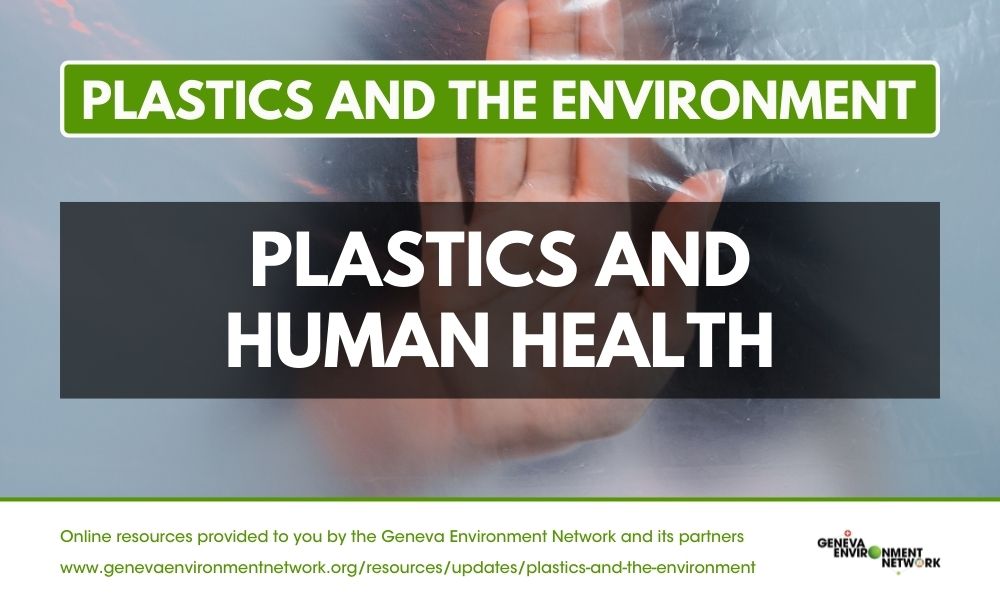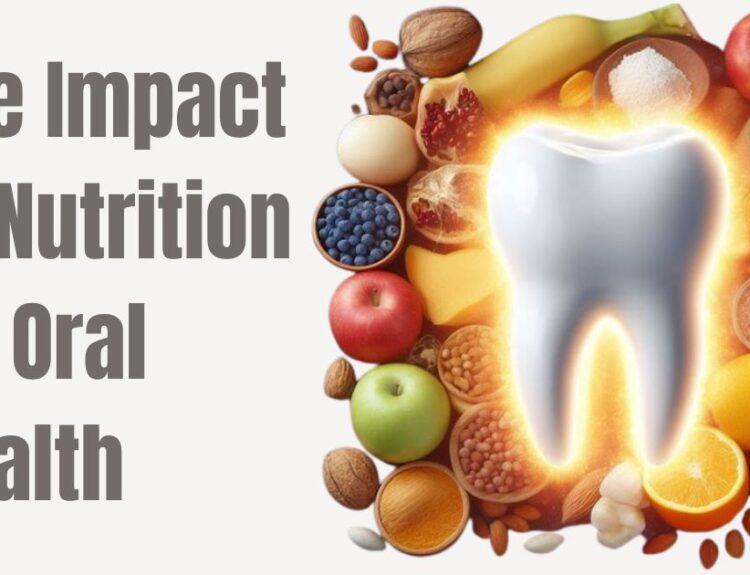In the modern world, plastic has become an integral part of daily life. It is in use from packaging and clothing to household items and industrial materials. However, this convenience comes with a hidden cost: microplastics, tiny plastic particles less than 5 millimeters in size, are now infiltrating not just our environment but also our bodies. Current research has shown presence of plastics in human body. The researchers found plastic particles in crucial human tissues of lung, kidney, brain. They dtected them in human blood as well as in feces.
What Are Microplastics?
Microplastics originate from two primary sources.
Primary microplastics are manufactured directly for use in cosmetics, cleaning agents, or industrial processes.
Secondary microplastics result from the breakdown of larger plastic products due to sunlight, wind, and water action. These particles have been found in oceans, soil, drinking water, food, and even the air we breathe.
How Do Microplastics Enter the Human Body?
Humans can ingest or inhale microplastics through various pathways:
- Food: Seafood, table salt, honey, and even fruits and vegetables can contaminate with microplastics. People consume these products.
- Water: Studies have found microplastics in both bottled and tap water.
- Air: Indoor environments, especially those with synthetic textiles, are full of airborne microplastics. People inhale them.
- Packaging: Plastic containers and wrappings can leach microplastics into food and beverages.
Microplastics in Human Tissues
Recent studies have detected microplastics in human blood, lung tissue, placenta, as well as in feces. Their presence in such critical parts of the body raises red flags about potential biological effects. These particles are small enough to cross cell membranes and enter the bloodstream, where they may accumulate over the period of time.
Potential Hazards to Health
Though the full extent of their health influence is still being researched, the following concerns have emerged:
- Inflammation and Cellular Damage: Microplastics can cause oxidative stress and inflammation in tissues, potentially leading to cell damage or death.
- Hormonal Disruption: Many plastics contain endocrine-disrupting chemicals (EDCs), such as bisphenol A (BPA) and phthalates, which mimic or block natural hormones and can affect reproductive health and development.
- Immune System Interference: Microplastics may impair immune function, making the body more susceptible to diseases.
- Cancer Risk: Some plastic components are carcinogens, raising concerns about long-term exposure and increased cancer risk.
- Neurotoxicity: Animal studies suggest microplastics may cross the blood-brain barrier, potentially affecting cognitive function as well as neurological health.
How To Minimize The Danger
Individual and systemic action is essential to reduce health risks of plastics in human body.
- Reduce plastic use: Avoid single-use plastics and opt for natural, biodegradable alternatives.
- Filter drinking water: Use high-quality water filters to reduce microplastic intake.
- Support regulation: Push for policies that limit plastic production, especially in packaging and cosmetics.
- Raise awareness: Educating communities about the sources as well as the risks of microplastic pollution is crucial.







